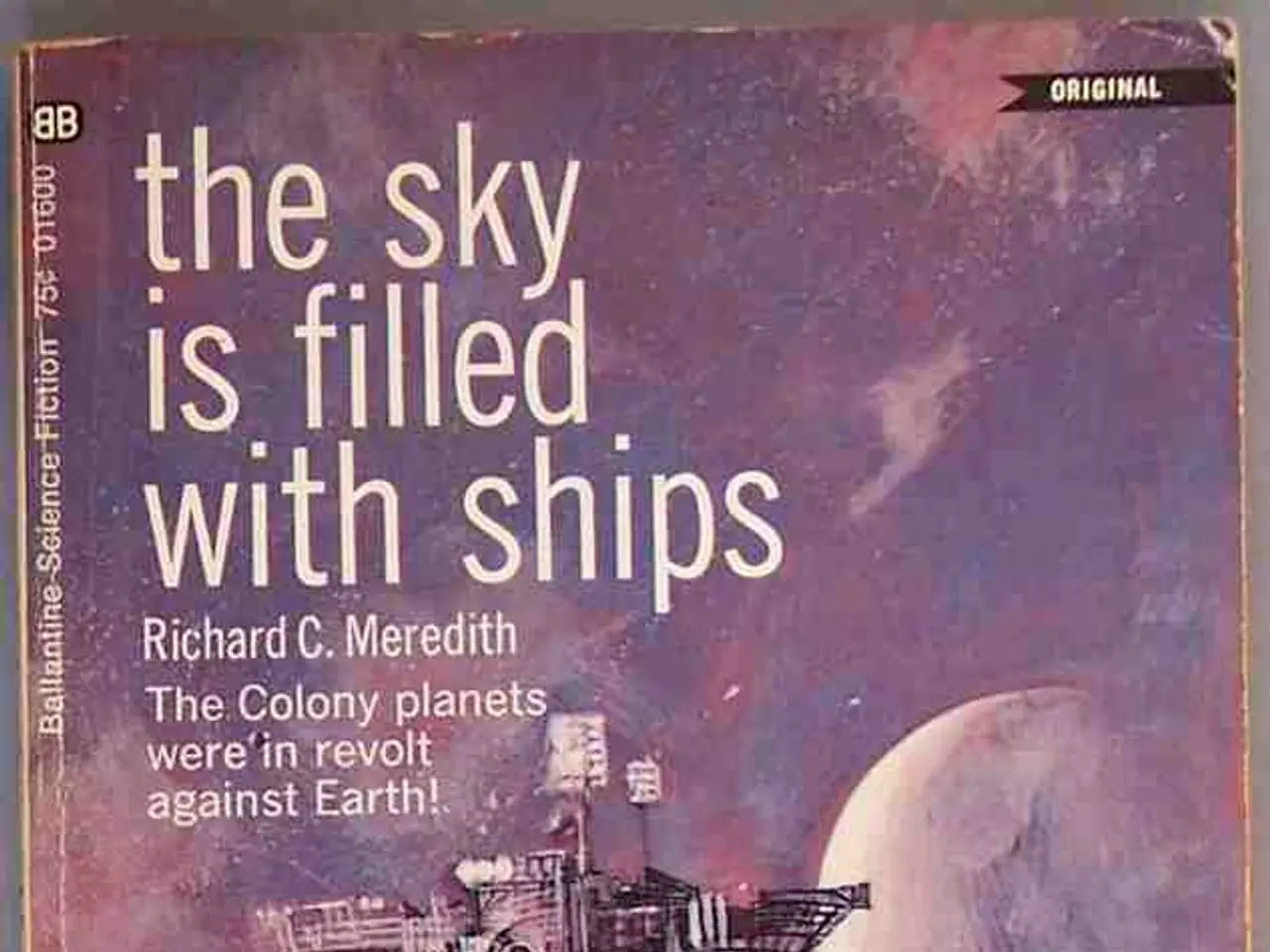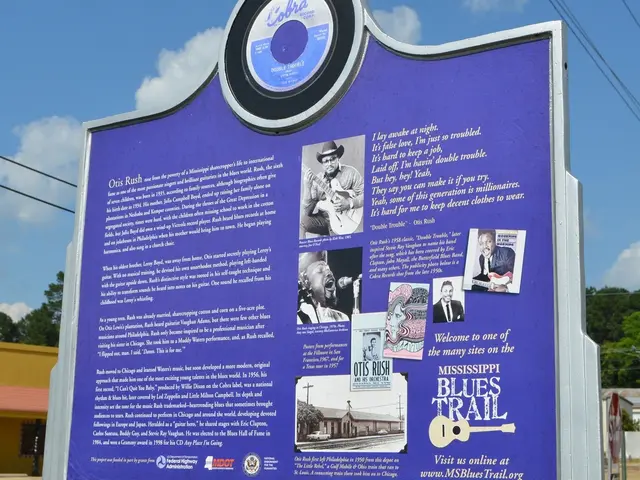Space's Ancient Satellite Holds the Record at 67 Years, Engineers Plan on Retrieving It
A team of researchers and engineers from Virginia-based consulting firm Booz Allen Hamilton have proposed a plan to retrieve Vanguard-1, the oldest still-orbiting human-made satellite, launched in 1958. If successful, this mission would be a significant milestone in space exploration.
Vanguard-1, currently residing in a medium Earth orbit (MEO), presents a formidable technical challenge due to its high orbit. Retrieving the satellite would require a spacecraft capable of reaching its orbit, performing rendezvous and capture operations, and safely returning the satellite or samples to Earth.
The technical challenges are akin to complex sample return missions now underway or planned elsewhere in the solar system, such as the Mars Sample Return campaign involving NASA and ESA. Adapting such technology for Vanguard-1 would necessitate even more advanced propulsion and orbital mechanics capabilities.
One potential approach could be the use of robotic inspection satellites, as some countries like Russia have launched satellites designed for in-space inspection of other satellites. This method could enable non-retrieval close examination of Vanguard-1 in its orbit.
Another possibility is forming international partnerships among agencies experienced in satellite servicing and sample return. Existing partnerships between major space agencies, such as NASA, ESA, Roscosmos, and ISRO, provide a framework that could be extended to a Vanguard-1 project.
If retrieved, Vanguard-1 would be examined by experts to assess its condition, including potential damage from space debris and the effects of its time in orbit. The satellite, if found in good condition, could be displayed at the Smithsonian as a historical artifact.
In the past, NASA astronauts have captured satellites during spacewalks using the jetpack known as the Manned Maneuvering Unit. Other satellites, such as Westar 6 and Palapa B2, were retrieved by NASA astronauts after upper stage rocket failures.
The researchers suggest that Vanguard-1 can be placed in a lower orbit and snagged from space, or reeled into the International Space Station. A spacecraft is also proposed to be sent to rendezvous with Vanguard-1 for an up-close inspection before retrieval.
Vanguard-1, the second U.S. satellite launched to space, was conceived by the Naval Research Laboratory in 1955. It was designed to test the launch capabilities of a three-stage launch vehicle and the effects of the harsh space environment on a satellite.
The proposed retrieval of Vanguard-1 could pave the way for future missions, such as space debris removal, materials capture for on-orbit manufacturing, and deep space exploration. The mission, if carried out, would be a valuable step forward for the U.S. space community.
[1] Mars Sample Return Campaign: https://mars.nasa.gov/msr/ [2] Russian Satellite Inspection: https://www.space.com/12130-russia-inspects-satellites-in-space-with-cosmos-2499.html [3] Space Archaeology Interest: https://www.space.com/42624-space-archaeology-challenges-future-missions.html
- The proposed retrieval of Vanguard-1 might inspire future missions in various sectors, such as space debris removal, on-orbit material capture for manufacturing, and deep space exploration.
- The technical complexities involved in retrieving Vanguard-1 mirror those faced in current and planned space missions, including the Mars Sample Return campaign overseen by NASA and ESA.
- Russia had previously launched inspection satellites to examine other satellites in space, offering a potential approach for non-retrieval close examination of Vanguard-1.
- The international community could collaborate on a Vanguard-1 project, leveraging existing partnerships between major space agencies like NASA, ESA, Roscosmos, and ISRO for satellite servicing and sample return.




